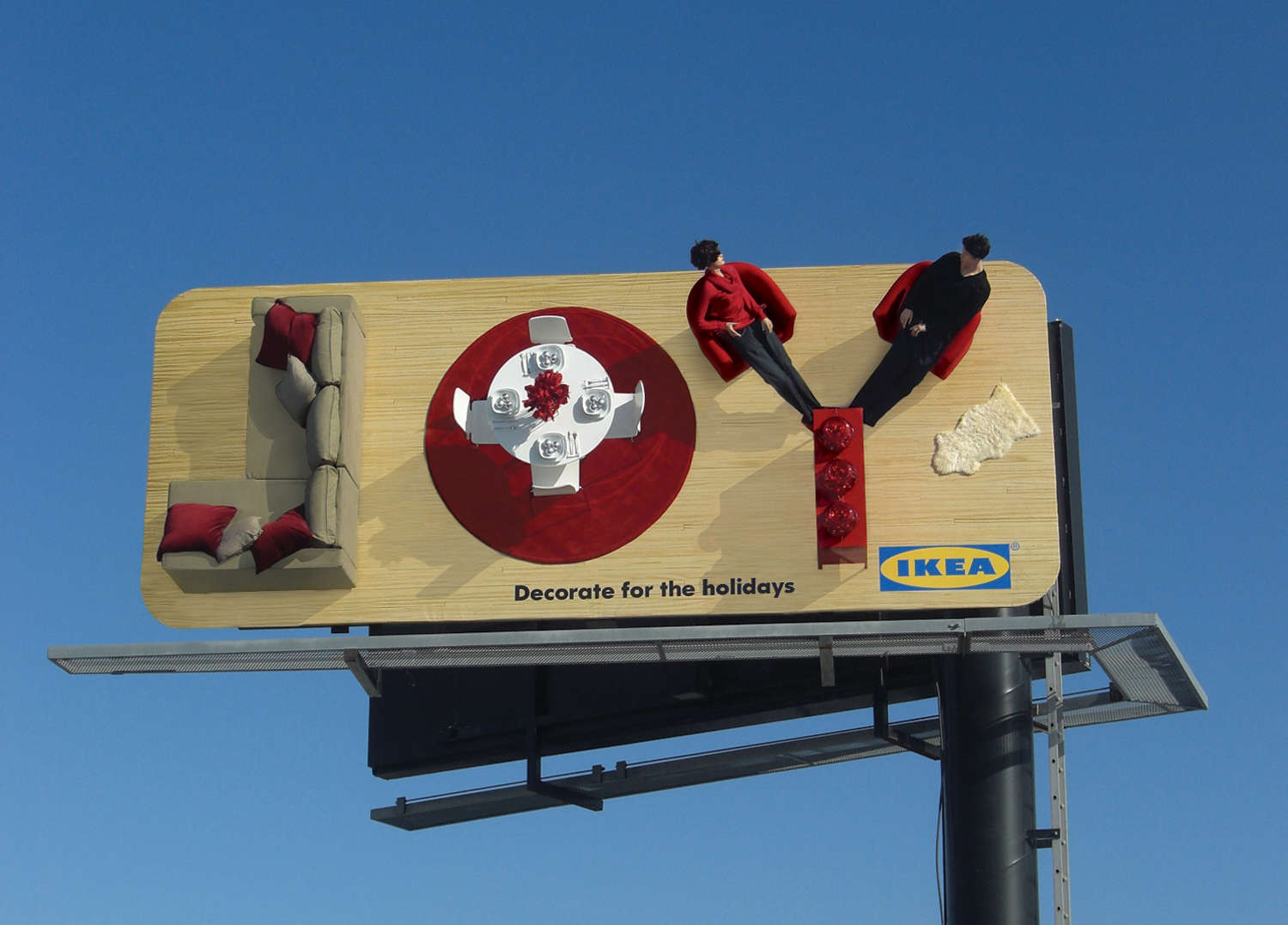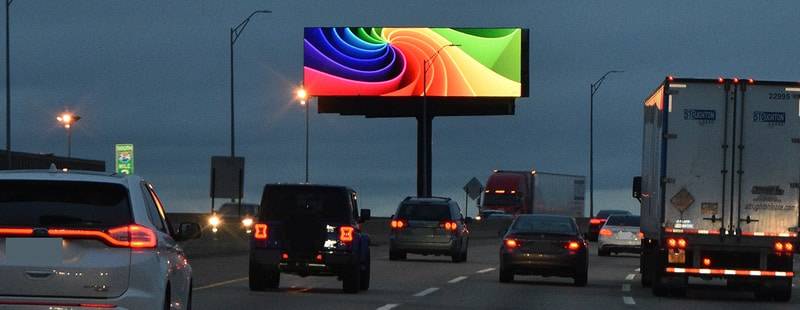In the realm of advertising, measuring return on investment (ROI) is critical to understanding the effectiveness and efficiency of different marketing strategies.
When it comes to billboard advertising—a longstanding and visually impactful method—evaluating ROI can be more challenging compared to digital platforms. Let's delve into what factors need consideration when measuring the ROI of Billboard Advertising.
Defining Billboard ROI Metrics
Billboard ROI isn't solely about immediate sales conversion but extends to brand visibility and recall. Traditional metrics like cost per thousand (CPM) impressions and cost per engagement (CPE) provide insights into reach and interaction. However, understanding how billboards contribute to overall brand lift and consumer behaviour requires a nuanced approach.
Attribution Challenges
Unlike digital ads with direct tracking mechanisms, billboards operate in the physical world, making direct attribution difficult. A consumer might see a billboard and later make a purchase, but linking the two events is complex. Surveys, geo-targeting data, and consumer interviews become valuable tools to bridge this gap.
Brand Impact and Recall
Billboards excel in building brand recognition and recall. Metrics such as aided and unaided brand recall surveys can gauge how well consumers remember your brand post-exposure. Consistent and strategic billboard placement can reinforce brand associations over time.
Foot Traffic and Location Data
Proximity to your business location matters. Analysing foot traffic patterns using location intelligence tools helps correlate increased traffic with billboard presence. This data is especially crucial for retail and local businesses aiming to boost store visits.

Digital Integration and Call-to-Action
Integrating digital elements like QR codes or unique URLs on Digital Signage enables better tracking. Monitoring website visits or specific landing page conversions attributed to billboard views provides tangible ROI data. Additionally, compelling calls-to-action prompt immediate consumer response, facilitating easier ROI measurement.
Strategies for Effective ROI Measurement
To enhance the effectiveness of billboard advertising ROI measurement, consider the following strategies:
Controlled Experiments
Implement controlled experiments by placing billboards in specific locations and comparing against areas without billboards. Analyse sales or website traffic differences to isolate the impact of billboards.
Consumer Surveys
Conduct post-campaign surveys to assess brand recall, purchase intent, and overall consumer sentiment. Link responses with geographic and demographic data for deeper insights.
Geo-Fencing and Mobile Tracking
Employ geo-fencing technology to track mobile devices exposed to billboards. Monitor changes in consumer behaviour, such as store visits or online interactions within the geofenced area.
Long-Term Brand Studies
Invest in longitudinal studies to track brand health metrics over time. Measure shifts in brand perception and market share to gauge the sustained impact of billboard campaigns.
Conclusion
While measuring the ROI of advertising billboards presents unique challenges, innovative approaches and evolving technologies offer promising solutions.
By combining traditional metrics with digital integration and consumer insights, businesses can gain a comprehensive understanding of how billboards contribute to their marketing objectives. Remember, billboard ROI isn't just about immediate sales—it's about building enduring brand connections that drive long-term success.


No comments yet